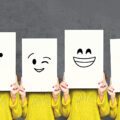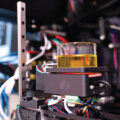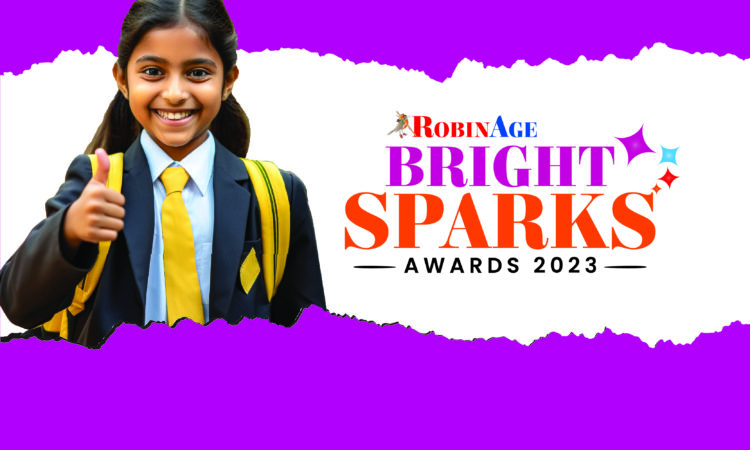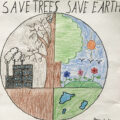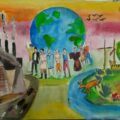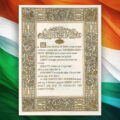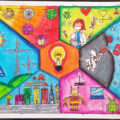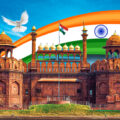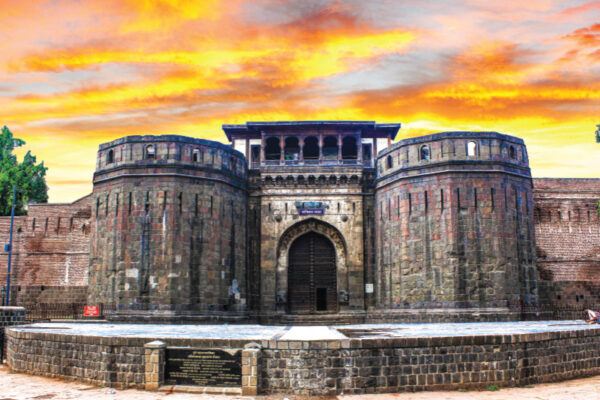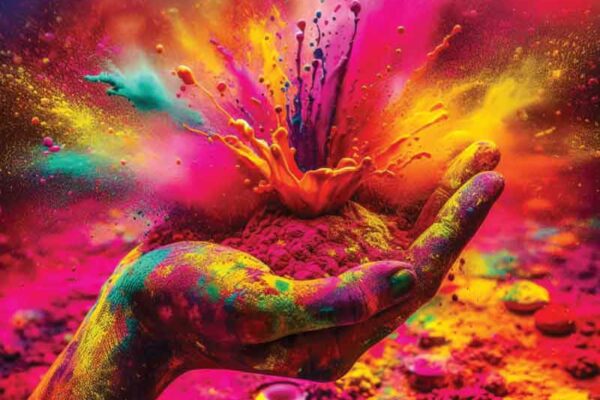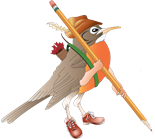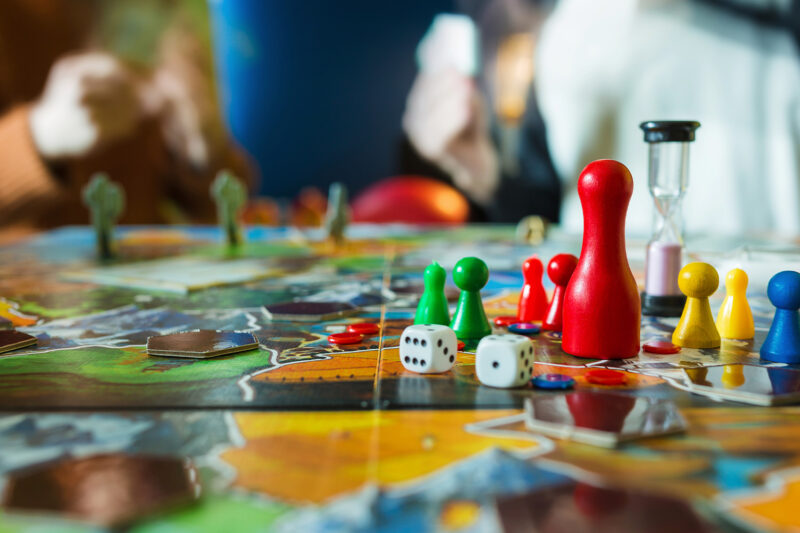
July 01, 2021
How did your interest in game design develop?
As a child, my family and I would always spend time playing indoor games like Scotland Yard, Backgammon, Scrabble and Uno. Thus, I have always been fascinated by the world of games, in terms of strategy, themes and the interactions games bring about between family members. This spiked my interest in creating toys and games.
What led to you changing careers, from being an architect to a game developer?
Architecture is considered to be the mother of all arts in the creative field. If you look back, many architects have gone on to become product designers, furniture designers and jewellery designers. When I studied architecture, it gave me insights into my capabilities and I realised my ability to work with people, understand users’ needs and look into details. That’s when I decided to do my post-graduation in industrial design with a specialisation in toy and game design from the National Institute of Design, Ahmedabad.
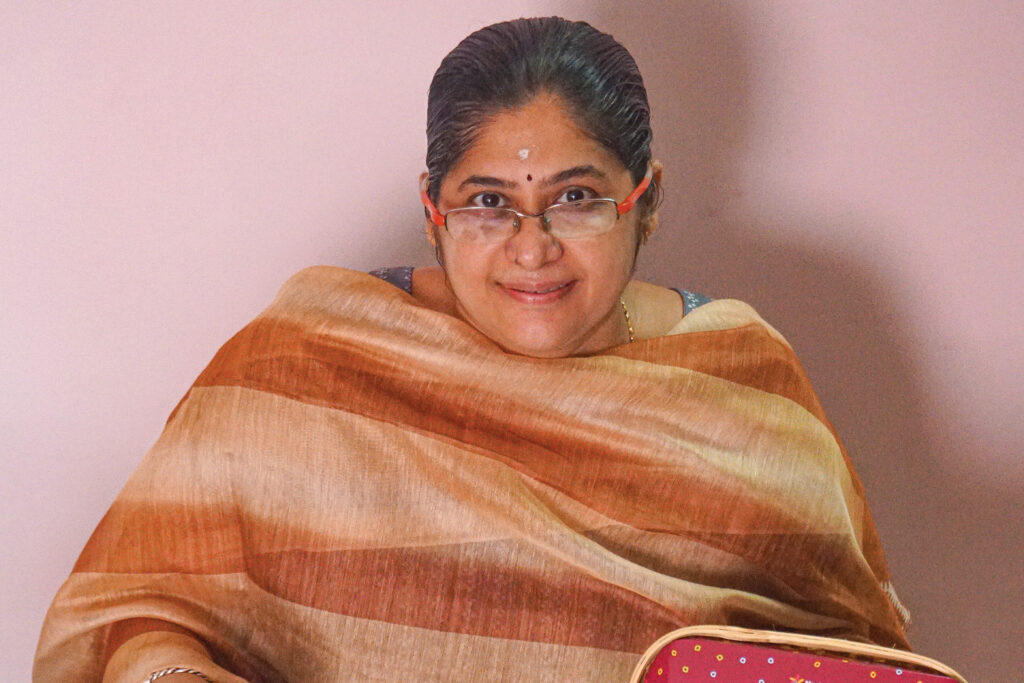
How different is toy and game design from other genres of creative design?
Toy design is an amazing field that deals with graphics, products, mechanics, character development, accessories, textiles and computer graphics. The toughest part in designing a toy is to know how to engage a person who is idle. Toys and games also need to make you laugh, help you become child-like and relieve your stress. And that’s what is amazing about designing such products. One needs to understand and use psychology, imagination, mechanics and logical reasoning. When you deal with children, if they don’t like a product you have designed, they will just throw it away and say, “It’s boring.”
What makes your company’s toys unique?
Each of our toys undergoes several stages— research, usability study, design, production and testing. Our toys are suitable for every child, including specially-abled children. They are a comfortable fit for the Montessori and Waldorf systems of education as well. Formal schooling systems prioritise the development of the left hemisphere of the brain, which is associated with logic and analytical reasoning. The right hemisphere of the brain, which is associated with creativity, is drastically overlooked. Our toys help develop the creative side of the brain.
Our team is inspired by elements of Indian culture. We have created more than 20 toys and games so far, some of which are Krazy Kolam, Rangolio, Paheli, Trikona, Fast Track, Amazing Me, Stepwell, Discover Ramayana and Explore Mahabharata. They use sustainable materials and are made by artisans across India. We work with raw materials like beechwood, rosewood and rubberwood, which give the products a good finish and make them a lot more durable than pine wood, which is used more commonly. And finally, our products are packed in bamboo baskets, which are eco-friendly. People tend to reuse these baskets, which works in favour of keeping the environment clean. Our packaging also supports the livelihood of the artisans’ communities involved in basket weaving.
How are your games, such as Krazy Kolam and Rangolio, inspired by Indian culture?
Kolam and rangoli patterns are an integral part of Indian culture. We use them on auspicious occasions and festivals. When we decided to create these games, we researched the traditional patterns and simplified them to form motifs, which were then developed into wooden puzzles. One can make an infinite number of patterns with these shapes, which helps in spatial reasoning, visual development and fine motor skills in children.
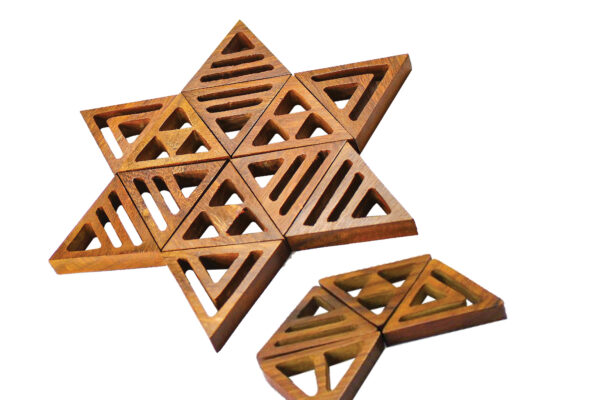
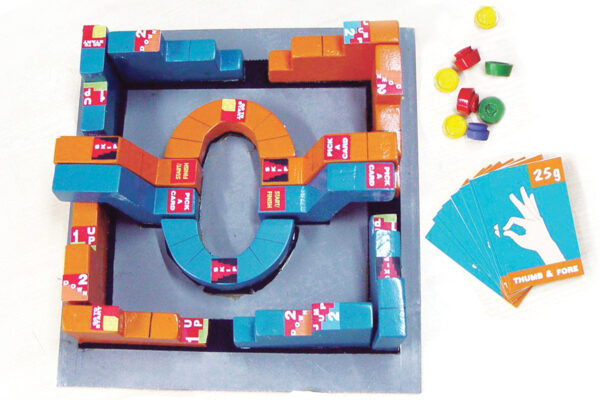
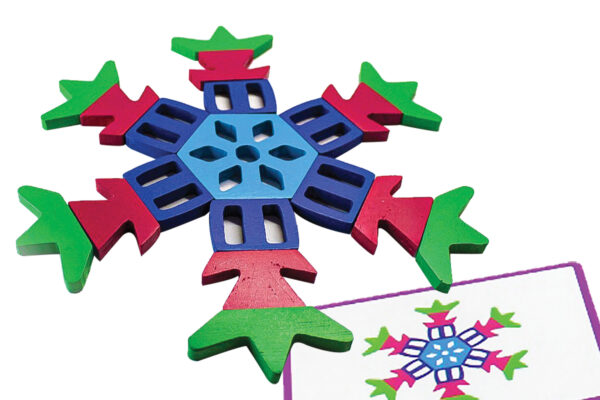
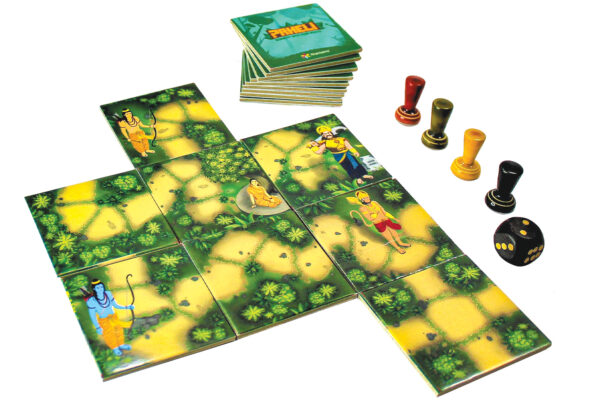
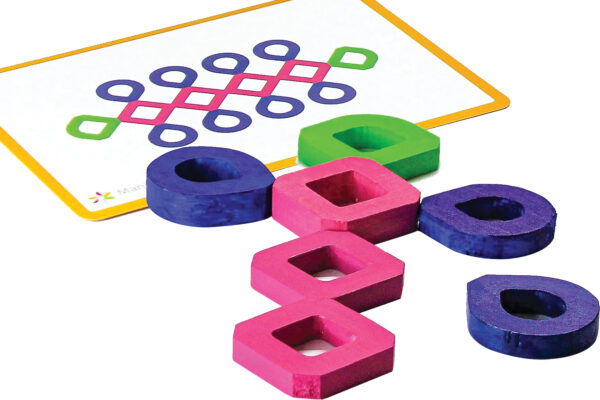
And your game, Paheli?
India’s culture is among the world’s oldest— dating back to about 4,500 years ago. It also has a rich heritage of signs and symbols. Each of these symbols has a deep meaning. Paheli, which is a two-to-four player family board game, helps one understand these symbols and answers questions such as ‘Why do women wear a bindi?’, ‘Why do we worship the tulsi plant?’, ‘Why do we break a coconut on auspicious occasions?’, ‘Why do we use betel leaves in festivals?’ and so on. Paheli helps families understand our culture in a fun way. It also brings grandchildren and grandparents together.
How do board games help in a child’s development?
Board games help to develop strategy, negotiation, mathematical, communication and language skills. As board games are available in different genres and themes, they provide information on various subjects and help children learn traits like team-building and leadership. Games also help children deal with failure and success. So they have numerous advantages.
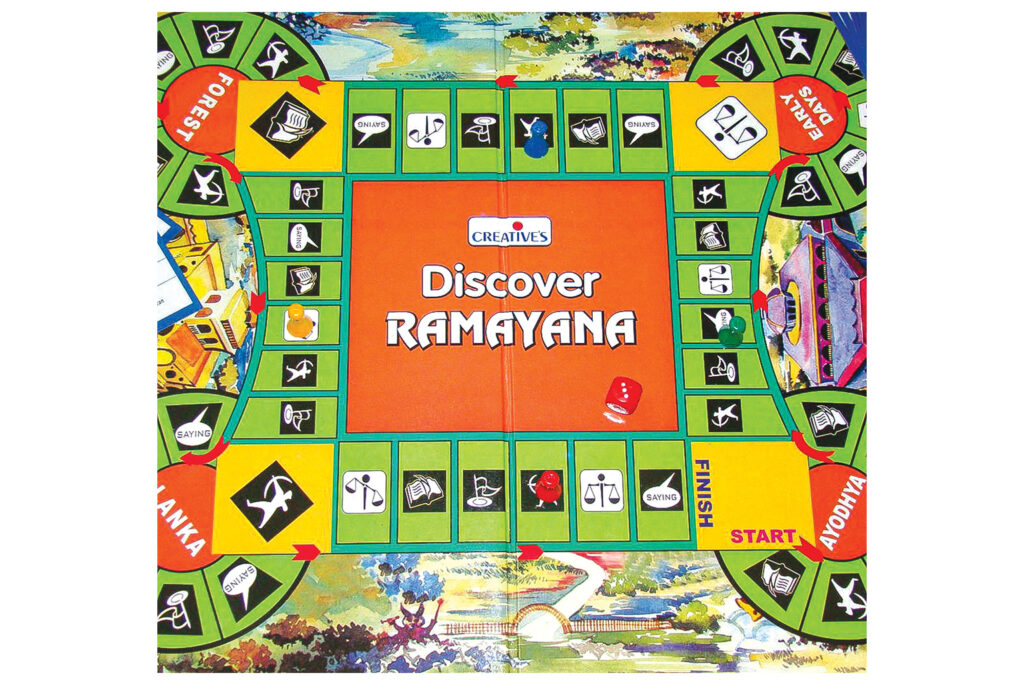
Ananth’s top tips for a career in product design:
If you want to get into product designing, you need to:
- Be innovative and curious about how and why things work in a particular way.
- Have an interest in problem-solving and working with your hands.
- Think differently, question the unknown and observe everything around you.
- Look at history keenly because it gives us a lot of insights.
REFLECTION: Gaming Zone
List 5 qualities you develop by playing board games.


